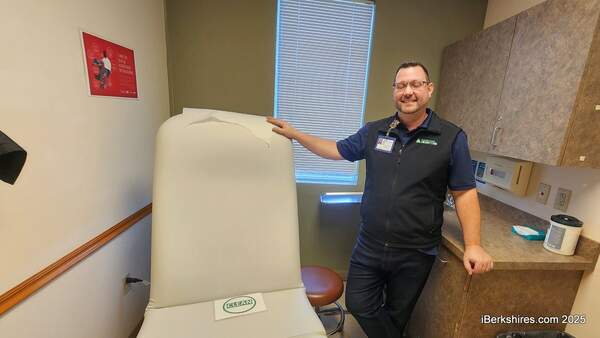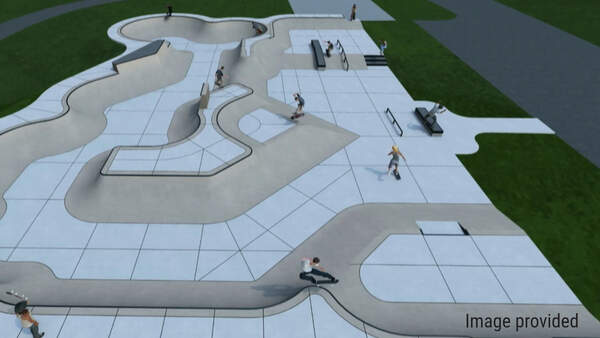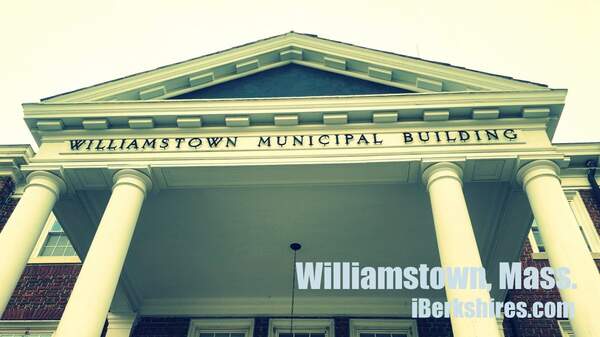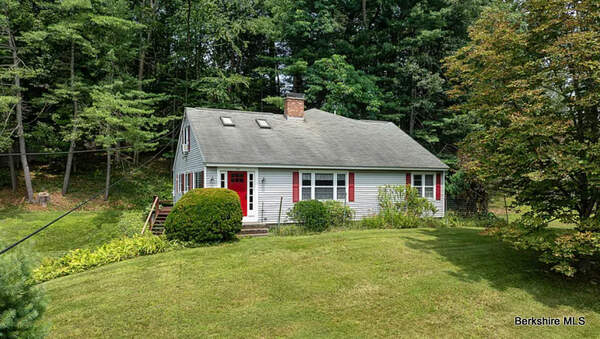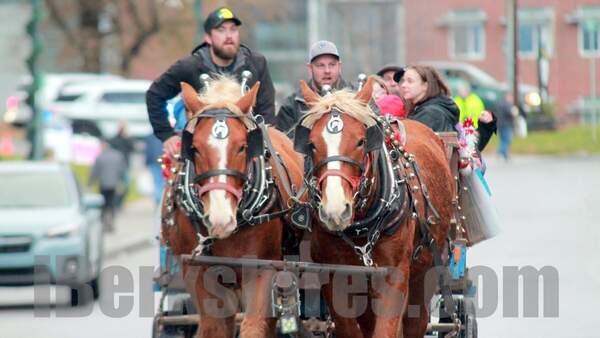Letter: Mobile, Trailer, Modular, Stick Built — What Is It?
 |
To the Editor:
It was abundantly clear before, during, and after the Williamstown town meeting on Tuesday night, that there is an erroneous understanding of the distinction between mobile, manufactured, and modular homes resulting in most people confusing manufactured with modular.
The name "mobile homes" was a simple name change to make this type of home seem better and preferable to what they were originally called, "trailers."
Trailers, like mobile homes, were living units built on a chassis with wheels making them easily movable over the highway.
As time progressed and construction methods and standards improved, in June of 1976, the name for trailers and mobile homes was again changed to make these portable dwellings sound more "acceptable" to "manufactured homes." These homes, like their earlier versions, are built in a factory setting on an assembly line and transported to their future location, over the highway, on their own wheels. We often see them pulled, like a trailer, behind a tractor (truck) with escort vehicles with flashing lights due to their size.
Manufactured homes periodically improve building standards including better insulated windows, more insulation in the walls and ceiling, more efficient heating systems and updated appliances as compared to prior years, in the same way that new and automobiles are constantly improving. A mobile, manufactured, or trailer home, call it what you will, is still a mobile home.
A modular home, by contrast, is a stick-built home built indoors in sections, delivered in those sections, and then assembled into the final configuration, on a permanent foundation. These homes are virtually indistinguishable from an onsite built home in design, appearance, and code requirements.
There is more flexibility in design and layout in a stick-built home, the larger the house. On the other hand, modular construction offers several major advantages over stick-built homes including:
1) Because the construction takes place indoors, in a factory setting, there are economies available in labor, logistics, materials purchasing that are passed along to buyers that are not available to stick-built home builders
2) Because the construction takes place indoors, in a factory setting, there is no exposure to the elements, inclement weather, loss through theft, that effects the materials themselves as well as cost
3) Modular homes take less time to build and occupy than a stick-built home
4) Because modular homes must withstand the rigors of being trucked over the highways, some smooth, some rough, they must be sturdier and more robust than a comparable stick-built home. This result in less movement in the home over time and better performance in severe weather *
5) The identical design in stick built vs. modular results in a lower cost finished product for modular
6) Besides the ability to build an identical look, finish, and style with a modular home to stick built, every interior detail from flooring, light fixtures, kitchens, and bathrooms, can be identical between the two
7) Widespread consumer acceptance of modular homes and the ever increasing demand for homes in general means modulars, just like stick built, have come a long way since their early days and they offer an
excellent more affordable faster option than stick built
* Some 20-plus years ago, when I was interested in learning more about modular homes, a modular company provided some remarkable photos showing the contrast. A small tornado had ripped through a new subdivision in the Pioneer Valley. Every stick built home was so badly damaged they had to be demolished and replaced new. The modular homes only sustained minimal damage like some missing roof shingles or a few sections of vinyl siding. I was immediately impressed and convinced to use that method of construction for our next home.
To sum up, there is a fundamental difference between a manufactured mobile home and either of the other two types of construction which in many respects are virtually indistinguishable, one from the other. Today, there are many variations on new home construction. For example, the innovative company Boxable offers a unique cube-like home that comes folded up. Unfold it, on site, and voila, a new home. This is a complete, 400-square foot home for $49,000 plus land and utility connections. In addition, it's easy to add more units, to the side or on top.
Paul Harsch
Williamstown, Mass.


